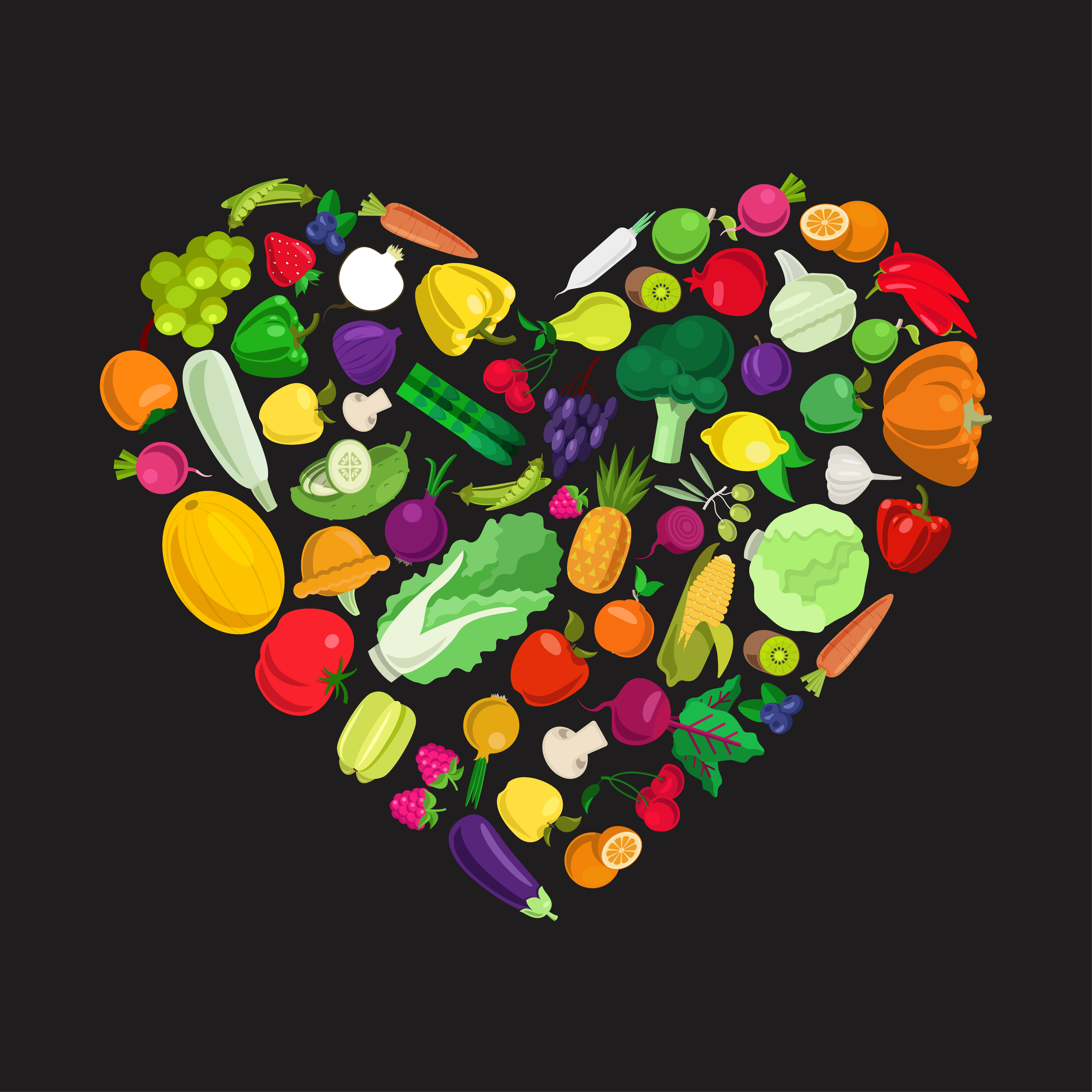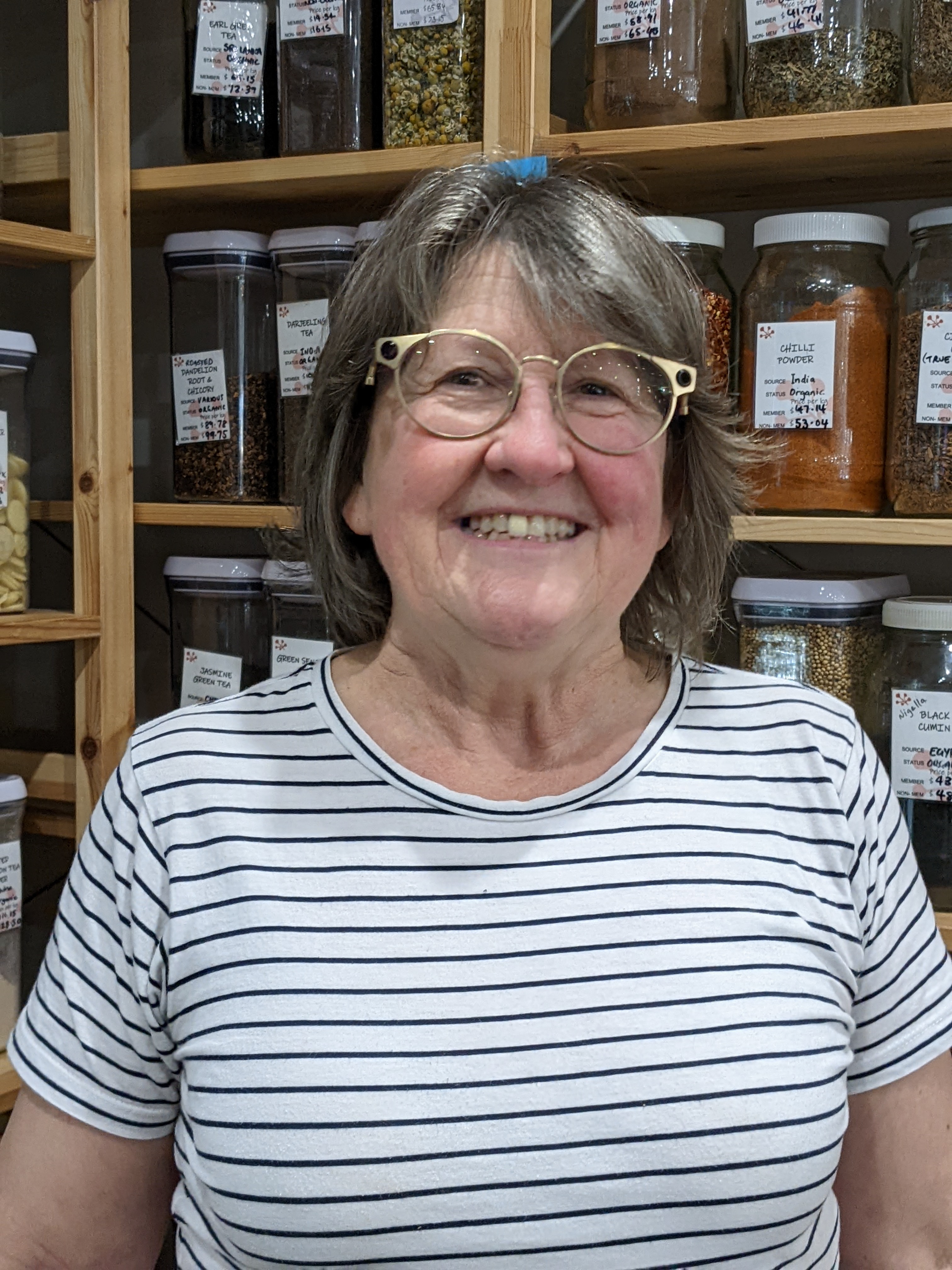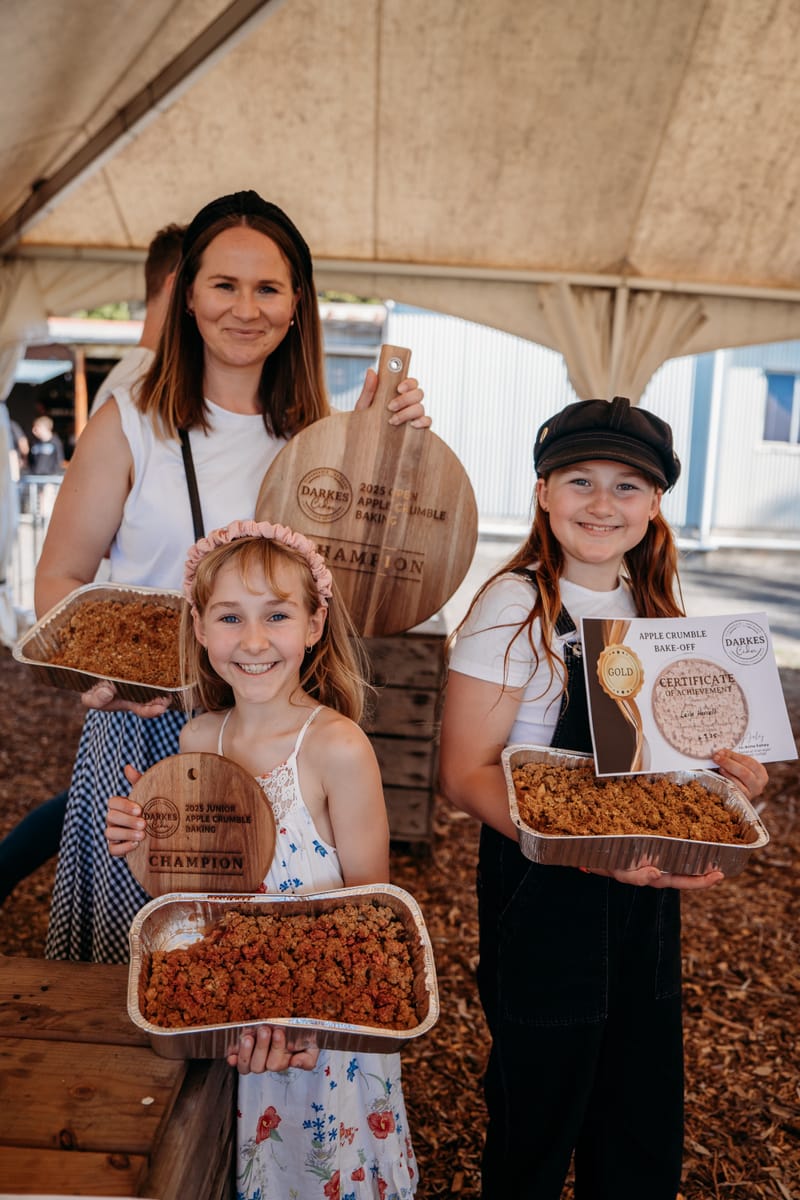Eat your colours for World Pride
It is a truth universally known that eating the colours of the rainbow is good for us nutritionally, and I don’t mean a variety of jelly beans or smarties. There are five different colour categories of fruit and vegetables – purple/blue, red...

It is a truth universally known that eating the colours of the rainbow is good for us nutritionally, and I don’t mean a variety of jellybeans or smarties.
There are five colour categories of fruit and vegetables – purple/blue, red, orange/yellow, green and brown/white. Each colour has a different range of phytochemicals (chemicals found in plants) that give them their vibrant colour.
Phytochemicals play a role in the protection of plants from disease. There is a long history of the use of phytochemicals from plants for health benefits, particularly in Ayurvedic medicine, although some are toxic to humans.
They are not considered essential nutrients in the traditional sense as the benefits have not been scientifically established. Yet a high dietary intake may be associated with a benefit beyond general nutrition, including for cardiovascular health and cancer prevention.
The following, taken from non-profit, community-based organisation Nutrition Australia, outlines the benefits of each of the five colours:
|
Colour |
Pigment |
Health benefits |
Food types |
|
Purple/blue |
Anthocyanin |
Antioxidant properties that protect cells from damage and help reduce the risk of cancer, stroke and heart disease |
Beetroot, blueberries, plums, eggplant, red cabbage |
|
Red |
Lycopene |
Antioxidant that can help reduce the risk of cancer and heart disease |
Tomatoes, strawberries, apples, red capsicum, watermelon, rhubarb, raspberries |
|
Orange/yellow |
Carotenoids eg betacarotene, lutein |
Betacarotene is converted to vitamin A which helps maintain healthy mucous membranes and eyes. Lutein is stored in the eye and has been found to prevent cataracts and age-related macular degeneration |
Carrots, oranges, sweet potato, pumpkin, rockmelon, papaya, mango, lemons, corn |
|
Green |
Carotenoids, indoles and saponins |
Anti-cancer properties and sources of folate |
Leafy greens, limes, kiwi fruit, avocado, cucumber, grapes, cabbage |
|
Brown/white |
Allicin |
Antiviral and antibacterial properties |
Mushrooms, dates, garlic, bananas, potatoes, cauliflower, onion, ginger |
Nutrition Australia gives great advice about ways of encouraging children to eat the rainbow:
- Rainbow poster – each time they eat a colourful fruit or veg, place a correspondingly coloured sticker on a rainbow or get them to colour a section
- Make a rainbow fruit salad or veg stir fry
For more info, visit the Nutrition Australia website or this Harvard Health Publishing blog.





